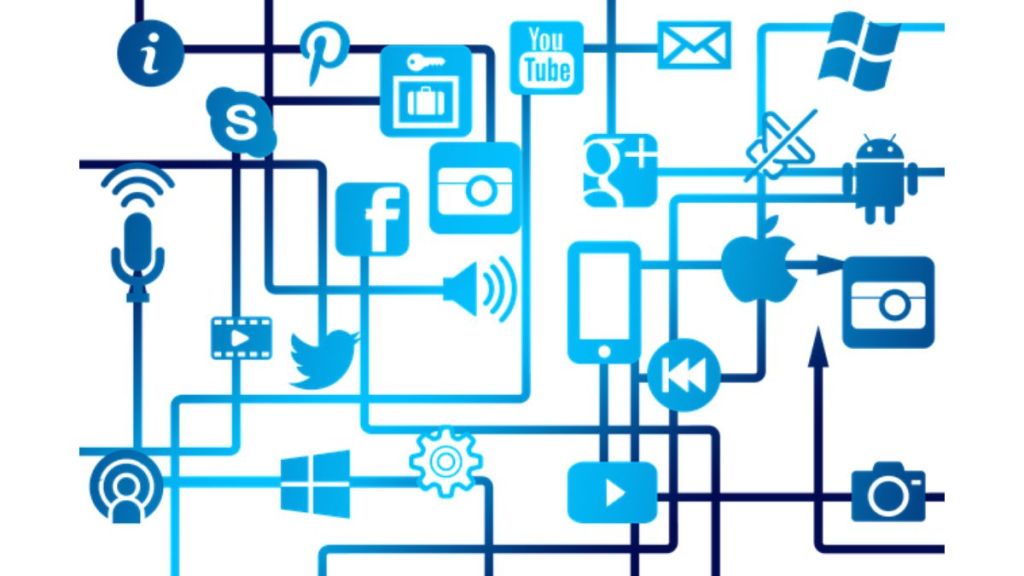By Meghna Varma
‘You can’t solve a problem on the same level that it was created. You have to rise above it to the next level’ – Albert Einstein.
Science, or marketing, the above quote serves to solve the same problem of ‘thinking inside the box’. We must step out of this figurative box to get an external perspective and come up with a plausible solution to our problems. Marketing has undergone a tectonic shift from an ‘one strategy fits all’ outlook to one that is more dynamic and innovative. This transformational journey has only just begun as with newer technology, disruption will continue. However, as the Indian audience matures, delivering the desired messaging has become more challenging.
There has been hyper-fragmentation of media platforms, leading to the constant emergence of new avenues. While this may present unique challenges, it also provides an exciting time for marketeers who are looking to expand their reach and connect with audiences in new and innovative ways. Today, there are countless social media platforms, streaming services and other digital channels that audiences use to consume content. This fragmentation means that audiences are more dispersed than ever before, making it challenging to reach them.
This phenomenon also presents marketeers with new opportunities to engage with the audiences on platforms that they may not have considered before. According to the ‘Axis My India Survey’, 52% Indians said that their digital time rose in a year hence proving that digital mediums is the way of the future. While there have been innovations like audio ads in newspapers, 3D OOH ads, and even a QR code leading to an app to collect branded goodies, innovations such as NFTs (Non-Fungible Token), metaverse and mixed reality are starting to see some traction as a campaign element preferred by brands.
NFTs have been leveraged by some brands in a unique way wherein they engaged with their fans and loyal customers by offering tokens for limited edition products or exclusive access services. There are artists and musicians who are exploring this space by building communities of their fans. Another notable example is the advent of metaverse – a convergence of physical and virtual worlds. This medium saw automobile brands launch new vehicle models, clothing brands set up a whole immersive marketplace while some brands explored metaverse for activations like metaverse Durga pooja pandals.
These platforms provide an opportunity to brands to enhance consumer experience by providing them an immersive and interactive experience through engaging content. While these may not be right for every brand, those that are able to leverage the platform effectively have gained significant benefits.
Consumers today are likely to choose a brand that they follow on social media, that shares the same values and offers an experience to its consumers. Marketeers, while exploring innovative and new ways to reach their target audience, need to ensure that their brand persona remains consistent across all formats and platforms. Brand elements like the logo, brand colours, text style, message tonality and tagline will maintain the same brand identity across platforms.
While the hyper-fragmentation of media platforms and the constant emergence of new platforms may present challenges, it also provides an exciting opportunity. While strategies continue to evolve, it is crucial to ensure a concise narrative and cohesive identity is communicated across mediums. They need to understand the pulse of the audience relevant to the platforms to customise the messaging and content unique to each of the platforms while maintaining the overall identity. This will help to build a consistent brand image that resonates with consumers across all channels, ultimately leading to greater brand loyalty and recognition.
The author is director marketing, IPM India Wholesale Trading Private Limited (country affiliate of Philip Morris International, Inc.)


